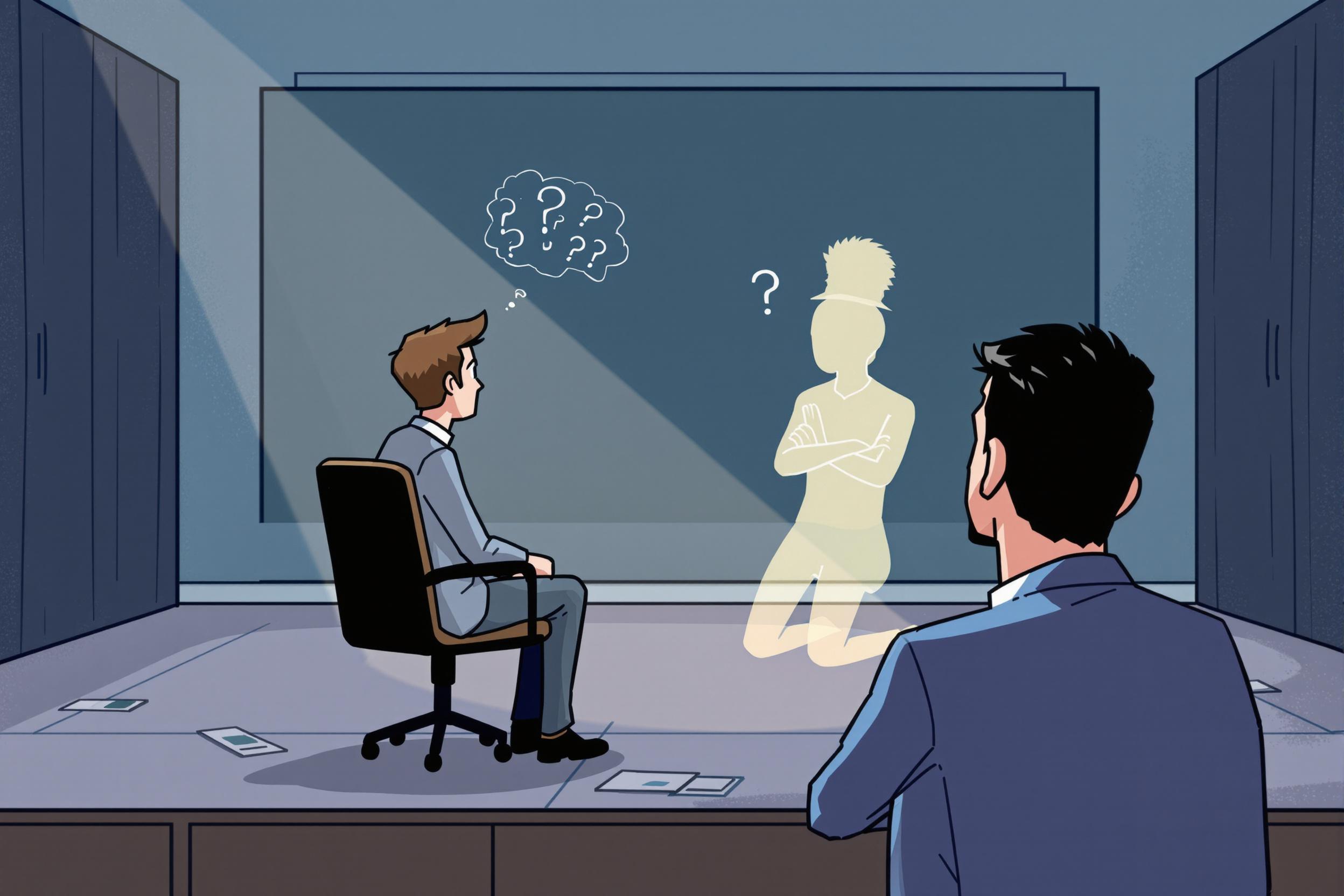
Chemical Stripping
Chemical stripping is a method used in furniture restoration to remove old paint, varnish, or finishes from wooden furniture. It involves applying special chemical solutions that break down old finishes, making them easy to remove without damaging the wood underneath. This is different from sanding or heat methods, and it's often preferred for detailed or antique pieces where keeping the original wood intact is important. Think of it like removing nail polish - the chemical solution softens the old coating so it can be scraped away gently.
Examples in Resumes
Performed Chemical Stripping on over 200 antique furniture pieces
Specialized in Chemical Stripping and refinishing of Victorian-era furniture
Led restoration projects using Chemical Stripping techniques for high-value antiques
Typical job title: "Furniture Strippers"
Also try searching for:
Where to Find Furniture Strippers
Professional Organizations
Online Communities
Job Resources
Example Interview Questions
Senior Level Questions
Q: How do you determine the best stripping method for different types of furniture finishes?
Expected Answer: An experienced professional should explain how they assess the age, wood type, and finish type to choose appropriate stripping methods. They should mention safety considerations and when to avoid chemical stripping.
Q: How do you handle complex restoration projects with multiple finish layers?
Expected Answer: Should demonstrate knowledge of testing procedures, layered approach to stripping, and understanding of historical finishing techniques. Should explain project planning and time management.
Mid Level Questions
Q: What safety precautions do you take when chemical stripping?
Expected Answer: Should discuss proper ventilation, protective equipment (gloves, masks, eye protection), proper chemical storage, and disposal procedures.
Q: How do you protect delicate wood details during the stripping process?
Expected Answer: Should explain techniques for protecting carved details, inlays, and veneer while stripping, including timing and appropriate tool selection.
Junior Level Questions
Q: What basic tools and materials are needed for chemical stripping?
Expected Answer: Should list essential items like stripping solutions, scrapers, protective gear, neutralizers, and clean-up materials.
Q: Describe the basic process of chemical stripping furniture.
Expected Answer: Should outline the main steps: preparation, application of stripper, waiting period, removal, neutralizing, and clean-up.
Experience Level Indicators
Junior (0-2 years)
- Basic stripping techniques
- Understanding of safety procedures
- Simple furniture preparation
- Basic tool handling
Mid (2-5 years)
- Multiple stripping method expertise
- Ability to handle detailed pieces
- Knowledge of different wood types
- Understanding of various finish types
Senior (5+ years)
- Advanced restoration techniques
- Project management
- Antique furniture expertise
- Training and supervision capabilities
Red Flags to Watch For
- No knowledge of proper safety procedures
- Lack of experience with different types of stripping solutions
- No understanding of wood types and appropriate treatments
- Careless attitude toward antique preservation
Related Terms
Need more hiring wisdom? Check these out...

Refining Job Descriptions to Expand Applicant Pools: Casting a Wider Talent Net

Supercharge Your Candidate Screening: 7 Unorthodox Ways to Hire Faster Without Breaking a Sweat

Why Easy Apply Is Breaking The Job Market (And What To Do About It)

